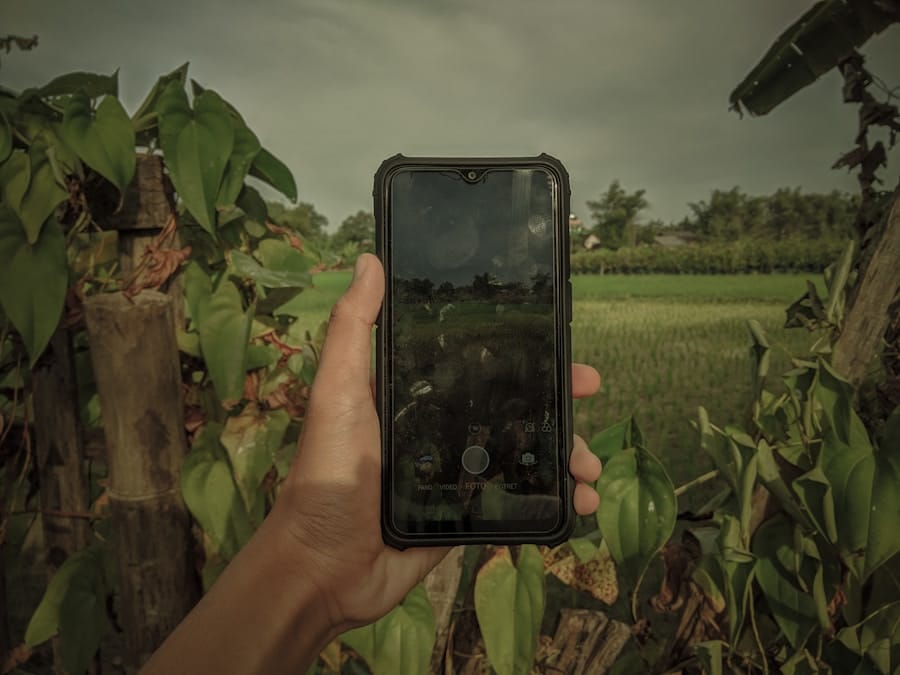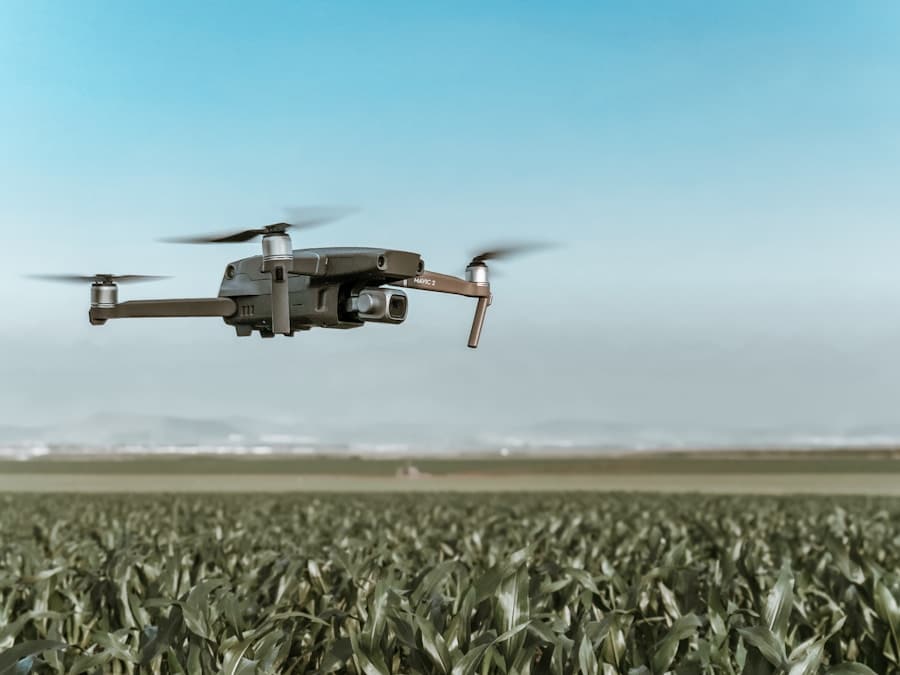Smart agriculture represents a transformative approach to farming that leverages advanced technologies to enhance productivity, sustainability, and efficiency. This paradigm shift is driven by the need to meet the growing global food demand while addressing challenges such as climate change, resource scarcity, and labor shortages. Smart agriculture encompasses a range of technologies, including the Internet of Things (IoT), artificial intelligence (AI), and big data analytics, all of which work in concert to optimize agricultural practices.
At the heart of this revolution lies 5G technology, which promises to significantly enhance connectivity and data transmission capabilities in agricultural settings. 5G technology, the fifth generation of mobile networks, offers unprecedented speed, low latency, and the ability to connect a vast number of devices simultaneously. This is particularly crucial for smart agriculture, where real-time data collection and analysis are essential for informed decision-making.
The integration of 5G into agricultural practices enables farmers to monitor their crops and livestock with greater precision, facilitating timely interventions that can lead to improved yields and reduced waste. As the agricultural sector increasingly embraces digital transformation, the synergy between smart agriculture and 5G technology is poised to redefine traditional farming methods.
Key Takeaways
- Smart agriculture and 5G technology are revolutionizing the way farming is done by enabling real-time monitoring and data analysis.
- 5G plays a crucial role in real-time monitoring by providing high-speed, low-latency connectivity for seamless data transmission and analysis.
- Real-time monitoring in smart agriculture brings benefits such as improved crop management, resource optimization, and early detection of diseases and pests.
- 5G technology finds applications in smart agriculture such as precision farming, livestock monitoring, and drone-based crop monitoring.
- Despite its potential, challenges and limitations of 5G in smart agriculture include high implementation costs, limited coverage in rural areas, and cybersecurity concerns.
The Role of 5G in Real-Time Monitoring
Real-time monitoring is a cornerstone of smart agriculture, allowing farmers to gather and analyze data instantaneously. 5G technology plays a pivotal role in this process by providing the necessary infrastructure for high-speed data transmission. With its ability to support massive IoT deployments, 5G enables the seamless connection of various sensors and devices across vast agricultural landscapes.
These sensors can monitor soil moisture levels, crop health, weather conditions, and livestock behavior, transmitting data back to farmers in real time. The low latency characteristic of 5G is particularly beneficial for applications that require immediate feedback. For instance, if a sensor detects that soil moisture levels are dropping below optimal thresholds, the system can alert the farmer instantly, allowing for prompt irrigation adjustments.
This capability not only enhances operational efficiency but also minimizes resource wastage. Furthermore, the high bandwidth of 5G allows for the transmission of large volumes of data from multiple sources simultaneously, ensuring that farmers have access to comprehensive insights that inform their decision-making processes.
Benefits of Real-Time Monitoring in Smart Agriculture

The advantages of real-time monitoring in smart agriculture are manifold. Firstly, it enhances resource management by enabling precise application of water, fertilizers, and pesticides. By utilizing data from soil sensors and weather forecasts, farmers can optimize their input usage, leading to cost savings and reduced environmental impact.
For example, precision irrigation systems can deliver water only when and where it is needed, conserving water resources while ensuring crops receive adequate hydration. Secondly, real-time monitoring facilitates proactive management of crop health. By continuously tracking variables such as temperature, humidity, and soil conditions, farmers can identify potential issues before they escalate into significant problems.
For instance, early detection of pest infestations or disease outbreaks allows for timely interventions that can save entire harvests. Additionally, real-time data can enhance yield forecasting accuracy, enabling farmers to make informed decisions about planting schedules and market strategies.
Applications of 5G in Smart Agriculture
The applications of 5G technology in smart agriculture are diverse and innovative. One prominent application is the use of drones equipped with high-resolution cameras and sensors for crop monitoring. These drones can capture detailed images of fields, allowing farmers to assess crop health from above.
Another significant application is autonomous farming equipment. Tractors and harvesters equipped with 5G connectivity can communicate with each other and with central management systems to optimize their operations.
For example, autonomous tractors can adjust their speed and route based on real-time data about field conditions, leading to more efficient planting and harvesting processes. This level of automation not only increases productivity but also reduces labor costs and minimizes human error.
Challenges and Limitations of 5G in Smart Agriculture
Despite its potential benefits, the implementation of 5G technology in smart agriculture is not without challenges. One major limitation is the infrastructure required for widespread 5G coverage in rural areas. Many agricultural regions are located far from urban centers where 5G networks are typically concentrated.
The deployment of 5G infrastructure in these remote areas can be costly and logistically complex, potentially hindering the adoption of smart agriculture technologies. Additionally, there are concerns regarding cybersecurity and data privacy in the context of connected agricultural devices. As farms become increasingly digitized and interconnected through 5G networks, they may become more vulnerable to cyberattacks that could disrupt operations or compromise sensitive data.
Farmers must be equipped with robust cybersecurity measures to protect their systems from potential threats while ensuring compliance with data protection regulations.
Case Studies of Successful Implementation of 5G in Smart Agriculture

Several case studies illustrate the successful implementation of 5G technology in smart agriculture across different regions. In Japan, for instance, a consortium of agricultural companies has been utilizing 5G networks to enhance rice farming practices. By deploying sensors throughout rice paddies, farmers can monitor water levels and soil conditions in real time.
The data collected is transmitted via 5G networks to a central platform where it is analyzed to provide actionable insights. This initiative has led to increased rice yields while reducing water usage by up to 30%. In Europe, a pilot project in the Netherlands has demonstrated the effectiveness of 5G in greenhouse farming.
The project involved equipping greenhouses with various sensors connected through a 5G network to monitor environmental conditions such as temperature, humidity, and light levels. The real-time data allowed farmers to optimize their growing conditions dynamically, resulting in improved crop quality and reduced energy consumption. This case highlights how 5G can facilitate precision agriculture practices that enhance sustainability.
Future Developments and Potential of 5G in Smart Agriculture
Looking ahead, the potential for 5G technology in smart agriculture is vast. As network infrastructure continues to expand and improve, more farmers will gain access to high-speed connectivity that enables advanced agricultural practices. Future developments may include enhanced AI-driven analytics that leverage real-time data from multiple sources to provide predictive insights into crop performance and market trends.
Moreover, the integration of 5G with emerging technologies such as blockchain could revolutionize supply chain management in agriculture. By providing transparent tracking of products from farm to table, blockchain technology can enhance food safety and traceability while building consumer trust. As these technologies converge, they will create new opportunities for innovation within the agricultural sector.
The Impact of 5G on the Future of Smart Agriculture
The impact of 5G technology on the future of smart agriculture is profound and far-reaching. By enabling real-time monitoring and facilitating seamless communication between devices, 5G empowers farmers to make data-driven decisions that enhance productivity and sustainability. As challenges related to infrastructure and cybersecurity are addressed, the adoption of 5G in agriculture is expected to accelerate.
The convergence of smart agriculture practices with advanced connectivity solutions like 5G will not only transform farming operations but also contribute significantly to global food security efforts. As we move forward into an era where technology plays an increasingly central role in agriculture, the collaboration between farmers, technologists, and policymakers will be essential in harnessing the full potential of 5G for a more sustainable agricultural future.
If you are interested in exploring the latest technology trends, you may want to check out this article on Unlock a New World of Possibilities with Samsung Galaxy Z Fold4. This article discusses the innovative features of the Samsung Galaxy Z Fold4 and how it can revolutionize the way we use smartphones. The advancements in technology, such as 5G connectivity, are paving the way for real-time monitoring in various industries, including smart agriculture.
FAQs
What is 5G technology?
5G is the fifth generation of wireless technology that promises faster speeds, lower latency, and the ability to connect more devices simultaneously.
How does 5G enable real-time monitoring in smart agriculture?
5G technology provides the high-speed, low-latency connectivity necessary for real-time monitoring of agricultural processes, such as crop health, soil moisture levels, and equipment performance.
What are the benefits of real-time monitoring in smart agriculture?
Real-time monitoring allows farmers to make data-driven decisions, optimize resource usage, and respond quickly to changing conditions, ultimately improving crop yields and reducing operational costs.
What are some examples of real-time monitoring applications in smart agriculture?
Examples of real-time monitoring applications in smart agriculture include precision irrigation systems, drone-based crop monitoring, and connected sensors for monitoring livestock health.
How does 5G technology impact the future of agriculture?
5G technology has the potential to revolutionize the agriculture industry by enabling advanced automation, remote management, and precision farming techniques that can increase efficiency and sustainability.

